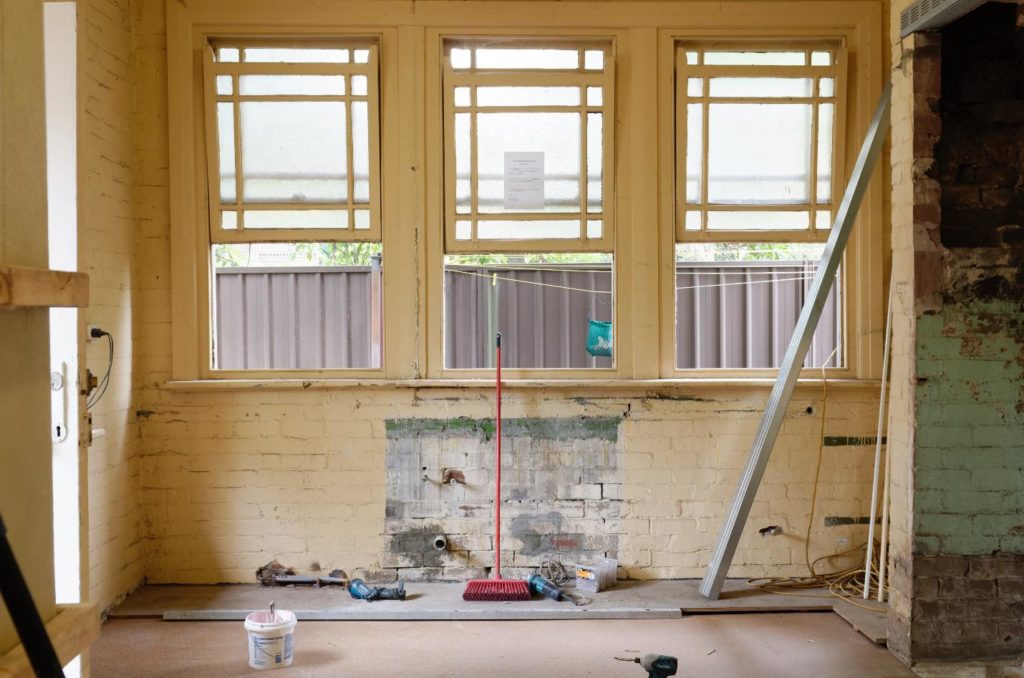
Home renovations are a major undertaking for anyone. From redoing your kitchen to building a home addition, home renovation can also produce a lot of waste. Before you start tearing out walls or flooring, it pays to consider what you’re going to do with all that renovation debris.
Removing Non-Hazardous Renovation Debris
Non-hazardous renovation debris should not be difficult to get rid of. You can drive debris yourself to a landfill, where you may have to pay a fee to trash it, or you can hire a junk removal company to take care of the debris for you.
There’s a long list of construction waste that is non-hazardous, but here are some of the most common examples:
- Bricks
- Tiles & ceramic
- Concrete (though all three of the above items may be hazardous if they contain other hazardous substances)
- Most metallic waste, including copper, brass, bronze, lead, iron, steel, and tin, though not including cables that contain oil or tar
- Stones
- Gypsum
The majority of renovation debris will be non-hazardous. A good junk removal company like Capital Junk will accept any non-hazardous renovation debris. They haul materials from homes, offices, condos, and construction sites. You can also get a complimentary, no-obligation quote. To find out how you can hire a junk removal company for renovation debris, learn more at Capital Junk or give them a call to ask about specific materials.
Dealing with Hazardous Materials
Some construction waste is considered hazardous and you won’t be able to find a standard junk removal company willing to take it. For these types of materials, talk to the contractors who are dealing with. If they’re not disposing of it themselves, they probably know how you can safely and affordably get rid of it.
While most renovation debris should be fine, these are some of the materials that are classified as hazardous:
- Treated wood, glass, or plastic
- Bituminous mixtures containing tar (roof shingles are usually recyclable and not considered hazardous, but it’s worth double checking)
- Fiberglass, insulation containing asbestos, and FRP
- Unused or unset cement
For a complete list of hazardous and non-hazardous construction waste, check here or do some research on your own.
Recycling Construction Materials
Some construction materials can be recycled. Since many construction materials, including carpentry, won’t break down in a landfill, recycling construction materials is the most environmentally responsible path to take. There are always new innovations in recycling too. There are companies today that are now recycling roof shingles to be used in highways. Do some digging to find out what can best be recycled.
A good junk removal company can make your renovation debris disappear. Get in touch with a company like Capital Junk whether you’re a homeowner or a contractor. You might be surprised how much renovation debris can simply be hauled away by a junk removal company.
Don’t forget to budget for junk removal when you’re calculating your renovation costs, and always get a quote before going with a junk removal company.